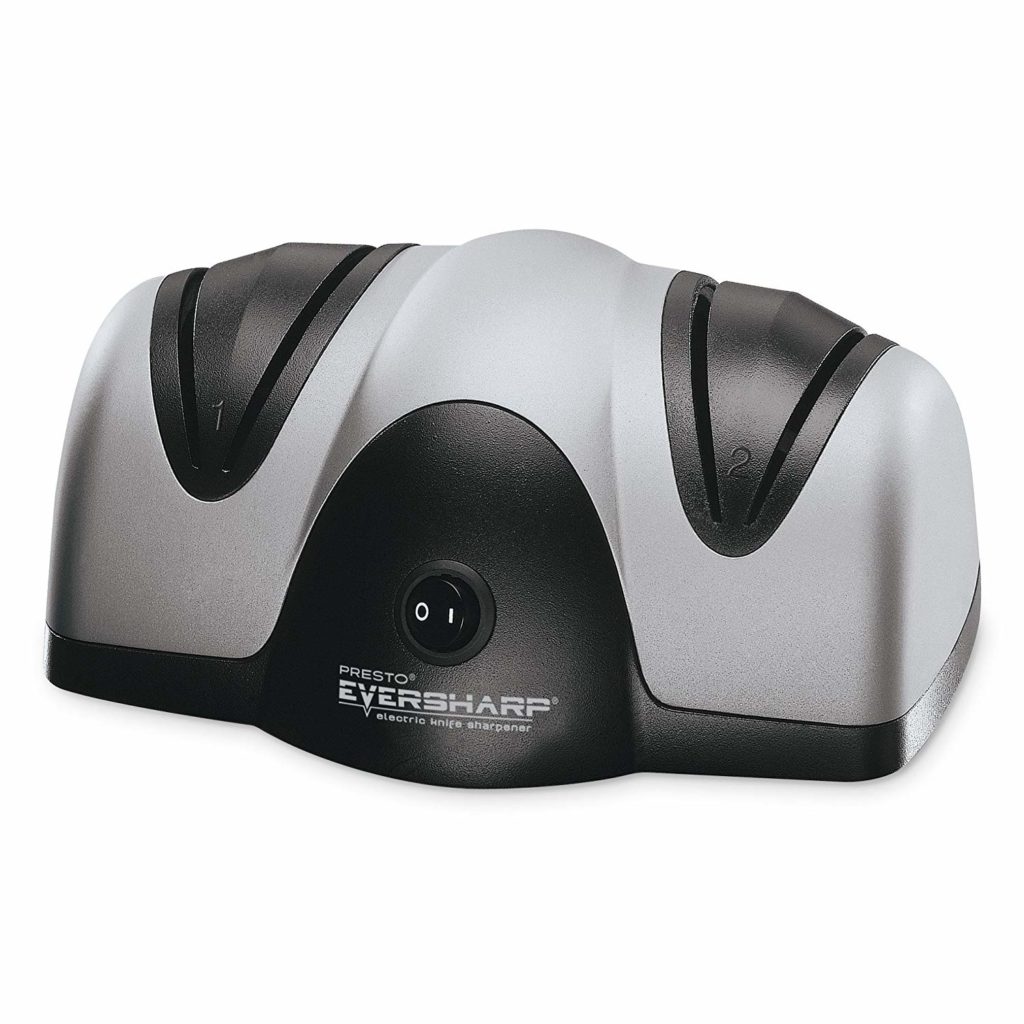Having an outdoor cooking space in your yard is a great way to entertain outdoors and a fantastic compromise between your kitchen and a campsite, allowing you get create some great smoked, grilled or brick-oven cuisine. An outdoor cooking space will allow you to entertain in multiple seasons throughout the course of the year and spend more time enjoying the outdoors. Your back yard is a treasure, it is a place to relax and enjoy the sun and elements until you’re ready to head back inside. Who doesn’t like grilling, there is really nothing like the real thing, a grill-pan just isn’t going to cut it. Here are some tips and tricks for setting up an outdoor cooking space in your yard.
The first thing you’ll want to decide on for your outdoor space is just how in-depth you want your outdoor kitchen to be. Do you want a full kitchen with grill, oven, sink, fridge, counters, a dishwasher? Storage space for tools, dishes and utensils? Or do you simply want a fine outdoor grilling patio? The answer to your questions will likely tell you where in your yard you should place your outdoor kitchen, what kinds of additional construction/plumbing is required, and, in general, the costs of creating your outdoor space. One of the things you’ll want to consider is how much access and/or back-and-forth trips to your indoor kitchen you’ll want to make with your outdoor space. If you’re looking to house most of your ingredients and tools inside your home you’ll likely want to place your cooking area nearer the house, and in which case you’ll likely scrap the desire to put additional electricity, plumbing and drainage in your cooking area. For those who want to set up an independent cooking area in their yard, you are going to have to run water lines, electrical lines and gas lines to your cooking area; this can be expensive and also requires some upkeep and maintenance before winter, especially in areas that freeze, but the results are phenomenal.
Now that you’ve got the general idea of the kind of outdoor cooking space you want to set up, it’s time to start thinking about materials, spacing and design. Firstly, in materials, do not use combustible materials for your cooking space: wood and plywood are not acceptable materials to use around hot, open flames; consider, too, what could happen if a vagrant piece of coal gets dropped underneath these materials. Avoiding fires should be your number one concern when selecting materials. Marble, granite and plain old brick are fantastic building blocks for your outdoor cooking area, are easy to maintain, look great and not likely to need replacing in the next ten years or so. You might also want to look into getting a roof to protect your outdoor kitchen area, especially if your cooking space has range ovens, cabinetry, and other more in-door amenities, or if you plan on using it during multiple seasons. When designing your space consider counters and spaces for you to work; many people forget about this and end up using their patio table as a food prep space. Lighting is another big part of your outdoor cooking space and you’ll want to have sufficient lighting to take full advantage of your space.
Adding an outdoor cooking space to your yard doesn’t necessarily have to break the bank. Find out what you want, what you can afford and stick to a plan. If you are creative you can create some really cool spaces and still not break the bank. It is important to make sure to stick within your means but that doesn’t mean you have to sacrifice your style.
Stephanie writes about landscaping and exterior design. She reviews landscaping sites like https://www.kanebros.com/, click here for more information. When she’s not working she catches butterflies with her 2 daughters.


